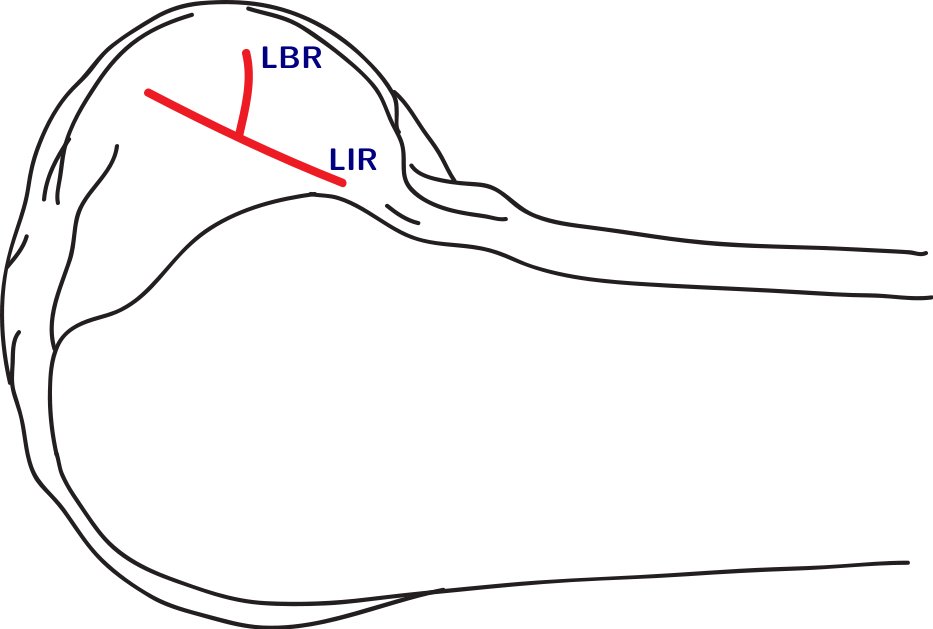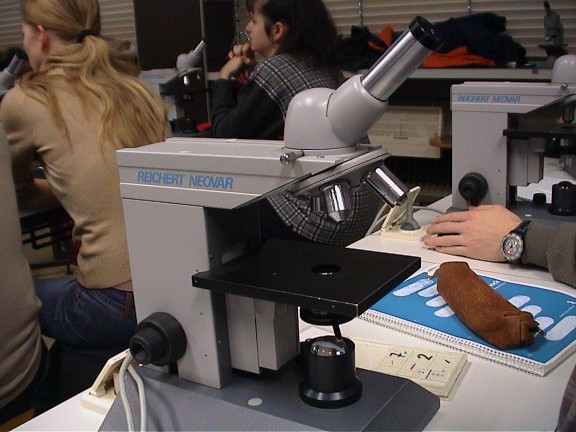Origin of the Anterior Cruciate Ligament and the Surrounding Osseous Landmarks of the Femur#
by Max Konstantin ZAULECK (1), Sebastian GABRIEL (2), Martin Franz FISCHMEISTER (3) and Lena HIRTLER (4)
Clinic for Traumatology and Orthopedic Surgery, Katharinenhospital, Stuttgart, Germany
Universitätsklinikum Krems, Krems a/d Donau, Austria
Private Practice, Linz, Austria
Department for Systematic Anatomy, Center for Anatomy and Cell Biology, Medical University of Vienna, Vienna, Austria

The aims of this study were to evaluate the discernibility of the LIR (lateral intercondylar ridge) and the LBR (lateral bifurcate ridge) and show their reliability in femoral tunnel placement in ACL (anterior cruciate ligament) reconstruction. Additionally, their position to the femoral axis, their course, and the ACL footprint were analyzed. For this study, 235 human femora were evaluated. Of these, 166 specimens originated from the Museum of Natural History (group A), and 69 were obtained from fixed cadavers at the Anatomic Institute (group B). The femoral footprint and the osseous landmarks were identified macroscopically and labeled in the photographs. A coordinate system was outlined, and the dimensions, position, and orientation of the femoral footprint of the ACL were measured. The LBR was found in 24.7% of the specimens in group A and in only 13.2% of the specimens in group B. The LIR was found in 97.9% and 85.3% of the specimens in groups A and B, respectively. The area of the ACL footprint was 127.21 ± 32.54 mm² in group A and 119.58 ± 34.84 mm² in group B. The shapes and angles of the osseous landmarks near the line of Blumensaat were highly variable. The LBR is an unreliable intraoperative landmark for arthroscopic ACL reconstruction due to its low incidence. Other anatomical structures, such as the LIR or the osteochondral border, may be more helpful and reliable landmarks to guide proper tunnel placement.
© 2014 Wiley Periodicals, Inc.
